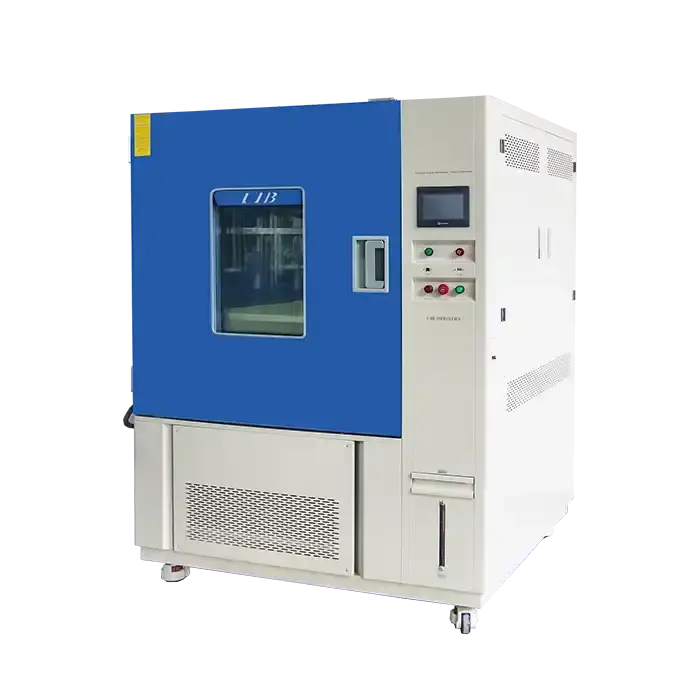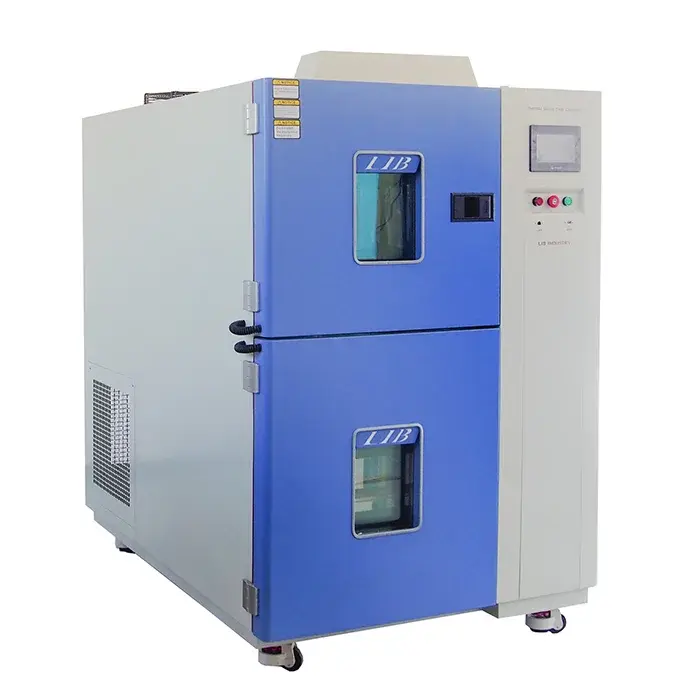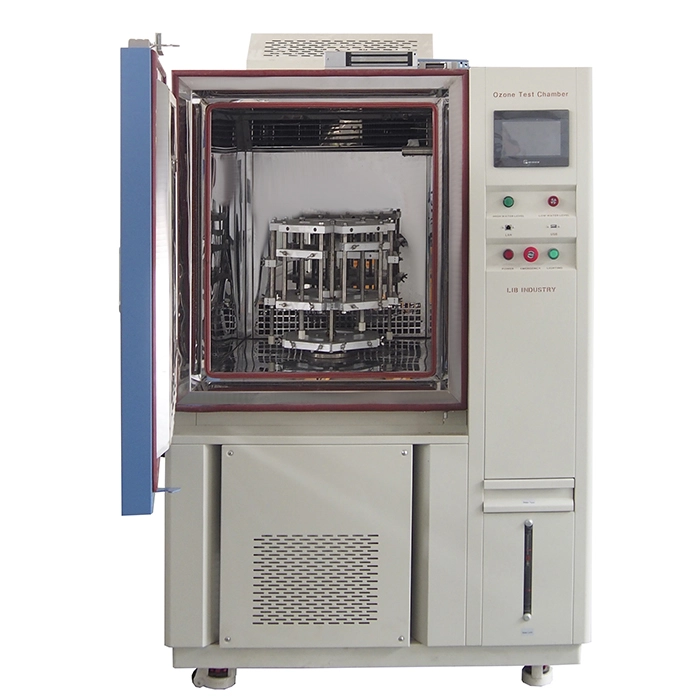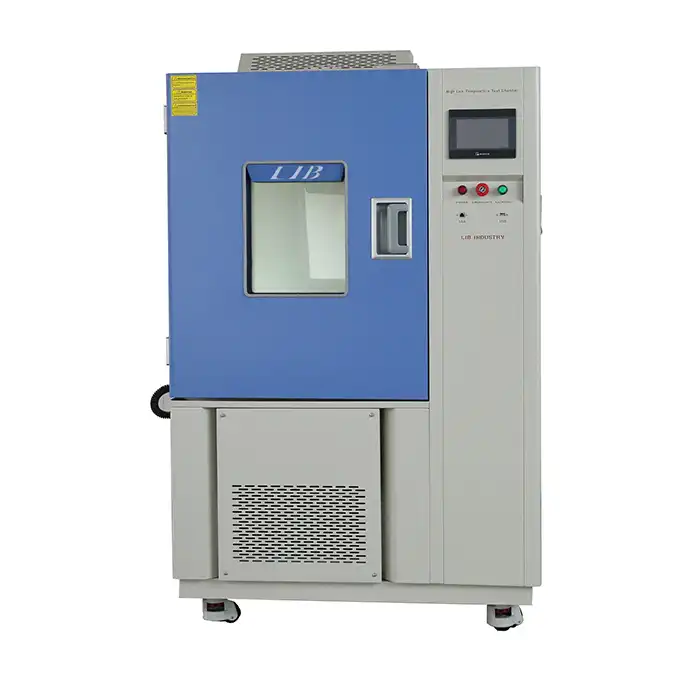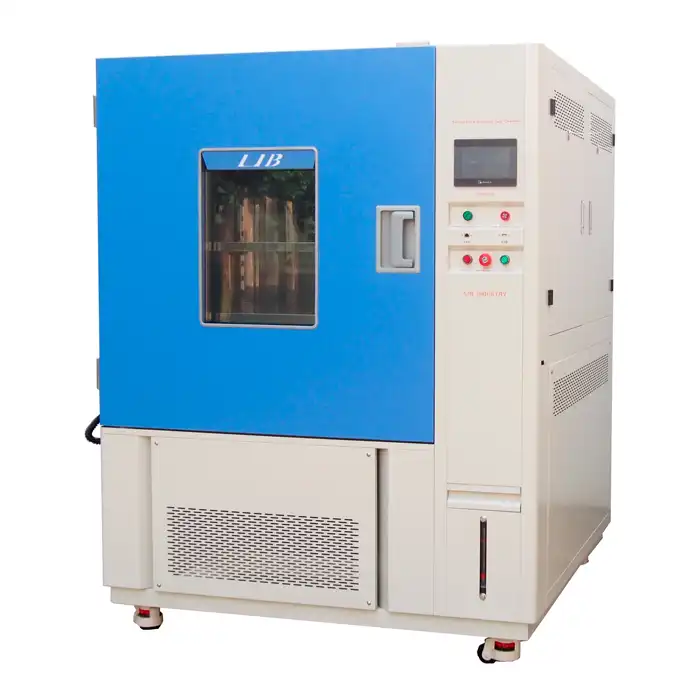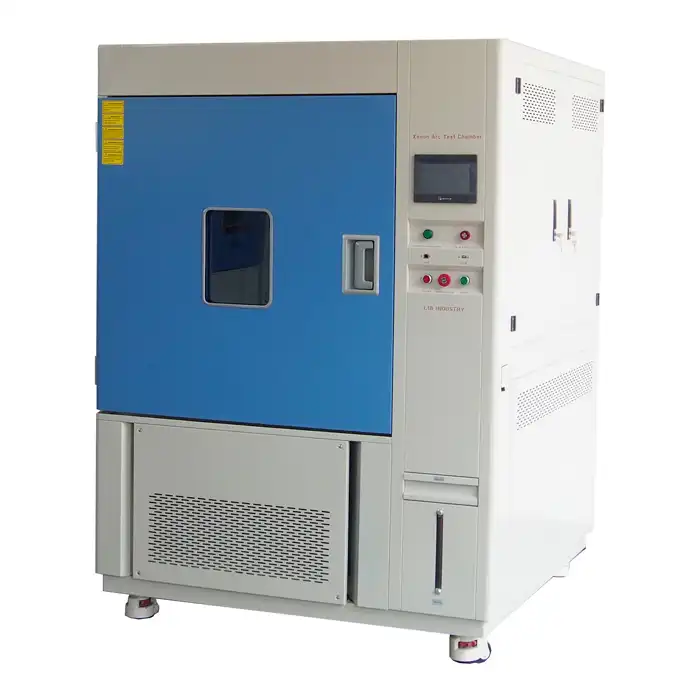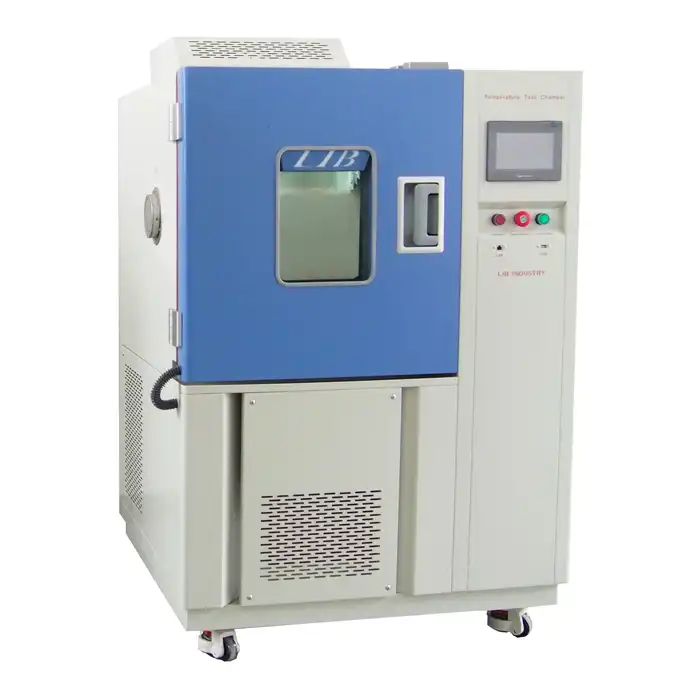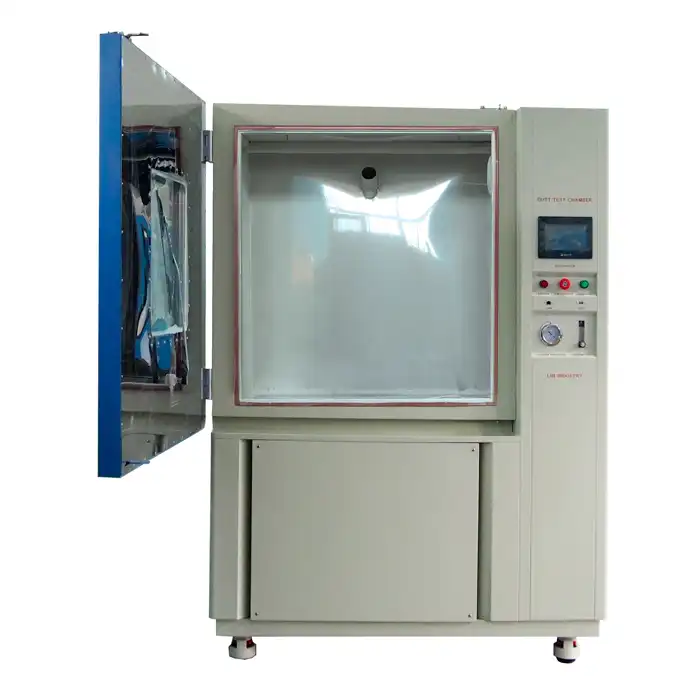What standards do Dust Test Chambers follow?
Dust test chambers play a crucial role in evaluating the resilience of products against particulate matter exposure. These specialized chambers, also known as dust chambers, are essential tools for manufacturers and researchers across various industries. In this comprehensive guide, we'll explore the standards that govern dust test chambers, their significance, and how they ensure consistent and reliable testing procedures.
Understanding Dust Test Chamber Standards
The Importance of Standardization
Standardization in dust testing is crucial for obtaining consistent and reliable results across various testing facilities. It ensures that products are subjected to the same conditions, no matter where the tests are performed. This consistency is vital for global trade, as it guarantees that products meet quality standards and comply with regulations, helping manufacturers maintain credibility and consumer trust across international markets.
Key Organizations Setting Standards
Several international organizations, including the International Electrotechnical Commission (IEC), the International Organization for Standardization (ISO), and various national standards bodies, play key roles in setting and maintaining standards for dust testing. These standards are crucial for the proper functioning of dust test chambers, which are used to simulate the effects of dust exposure on products. Their collaborative efforts ensure a consistent, harmonized approach to dust testing worldwide, promoting global trade, regulatory compliance, and high-quality product performance. These standards help manufacturers meet international requirements and enhance product reliability in diverse environments.
Evolution of Dust Testing Standards
As technology and manufacturing processes continue to evolve, dust testing standards are also updated to address emerging challenges. Modern standards reflect the latest research on dust behavior and its impact on materials, ensuring that testing methods stay relevant and effective. These advancements help manufacturers assess product durability accurately, keeping pace with new materials and designs while ensuring reliable performance in dusty environments. International collaboration among industries and research institutions has led to the harmonization of some dust testing standards. This allows for more consistent evaluations across different regions, facilitating global trade and the sharing of best practices.
Primary Standards for Dust Test Chambers
IEC 60529: Ingress Protection (IP) Code
The IEC 60529 standard, which defines the Ingress Protection (IP) code, is essential for dust testing as it outlines the level of protection enclosures offer against solid particles like dust. Dust test chambers are specifically designed to replicate conditions that match these IP ratings, such as IP5X and IP6X. These ratings indicate varying degrees of dust resistance, ensuring products meet the required protection standards for use in challenging environments, including industrial and outdoor settings.
ISO 20653: Road Vehicles Protection Against Foreign Objects
This standard is especially important for the automotive industry, as it provides test methods to evaluate the protection of electrical equipment in road vehicles against foreign objects like dust. Automotive dust test chambers are designed to meet the specifications outlined in ISO 20653, which ensures that vehicle components, such as electrical systems and sensors, are adequately protected from dust exposure. Adhering to these standards helps manufacturers improve the reliability and longevity of vehicles, especially in harsh driving conditions.
MIL-STD-810: Environmental Engineering Considerations and Laboratory Tests
Although not solely dedicated to dust testing, MIL-STD-810 is a comprehensive standard widely used across industries, particularly in military and rugged commercial sectors. It includes specific procedures for dust testing to assess the durability of equipment in dusty environments. This standard is globally recognized and adopted by manufacturers to ensure the reliability of products under harsh environmental conditions, such as extreme dust exposure, ensuring their functionality and longevity.
Compliance and Implementation
Calibration and Maintenance
Regular calibration and maintenance of dust chamber are essential to ensure continuous compliance with industry standards. This process includes verifying and adjusting key parameters such as airflow, dust concentration, temperature control, and chamber integrity. Consistent upkeep helps maintain the accuracy of test results, prevents equipment malfunctions, and ensures that the chamber operates efficiently. Proper maintenance also contributes to the longevity of the chamber, reducing the risk of costly repairs or downtime.
Test Procedure Standardization
Standards outline comprehensive guidelines for dust testing, covering aspects like sample preparation, test duration, and the characteristics of dust particles. Following these procedures is critical to achieving reliable and reproducible results, ensuring consistency across tests. Technicians responsible for operating dust chamber must receive thorough training on these standardized methods to guarantee accurate testing and compliance with industry regulations, enhancing the overall quality and reliability of the results.
Documentation and Reporting
Comprehensive documentation plays a crucial role in ensuring standard compliance during dust testing. Test reports should include in-depth details about the conditions, equipment, and results, ensuring transparency and traceability. This thorough documentation not only serves as proof of compliance but also enables results to be compared across different labs, fostering consistency, reliability, and confidence in the testing process.
Conclusion
Dust test chambers are indispensable tools in ensuring product quality and reliability across various industries. By adhering to internationally recognized standards, these chambers provide consistent and reliable testing environments. Understanding and implementing these standards is crucial for manufacturers, researchers, and testing facilities to maintain the highest levels of product quality and safety. As technology continues to evolve, so too will the standards governing dust test chambers, ensuring they remain at the forefront of environmental testing methodologies.
Contact Us
For more information about our state-of-the-art dust test chambers and comprehensive environmental testing solutions, contact LIB Industry at info@libtestchamber.com. Our team of experts is ready to assist you in meeting your testing needs and ensuring your products meet the highest standards of quality and durability.
References
1. International Electrotechnical Commission. (2013). IEC 60529:2013 - Degrees of protection provided by enclosures (IP Code).
2. International Organization for Standardization. (2019). ISO 20653:2019 - Road vehicles — Degrees of protection (IP code) — Protection of electrical equipment against foreign objects, water and access.
3. Department of Defense. (2019). MIL-STD-810H, Environmental Engineering Considerations and Laboratory Tests.
4. Yao, X., & Zhang, L. (2020). Dust Chamber Design and Testing Methods for Electronic Products. Journal of Environmental Testing, 45(3), 112-128.
5. Smith, J. R., & Johnson, A. B. (2018). Advancements in Dust Test Chamber Technology: A Comprehensive Review. International Journal of Environmental Testing and Analysis, 22(2), 78-95.
6. Environmental Testing Association. (2021). Global Standards for Dust Chambers: Current Practices and Future Trends. Annual Report on Environmental Testing Equipment.




